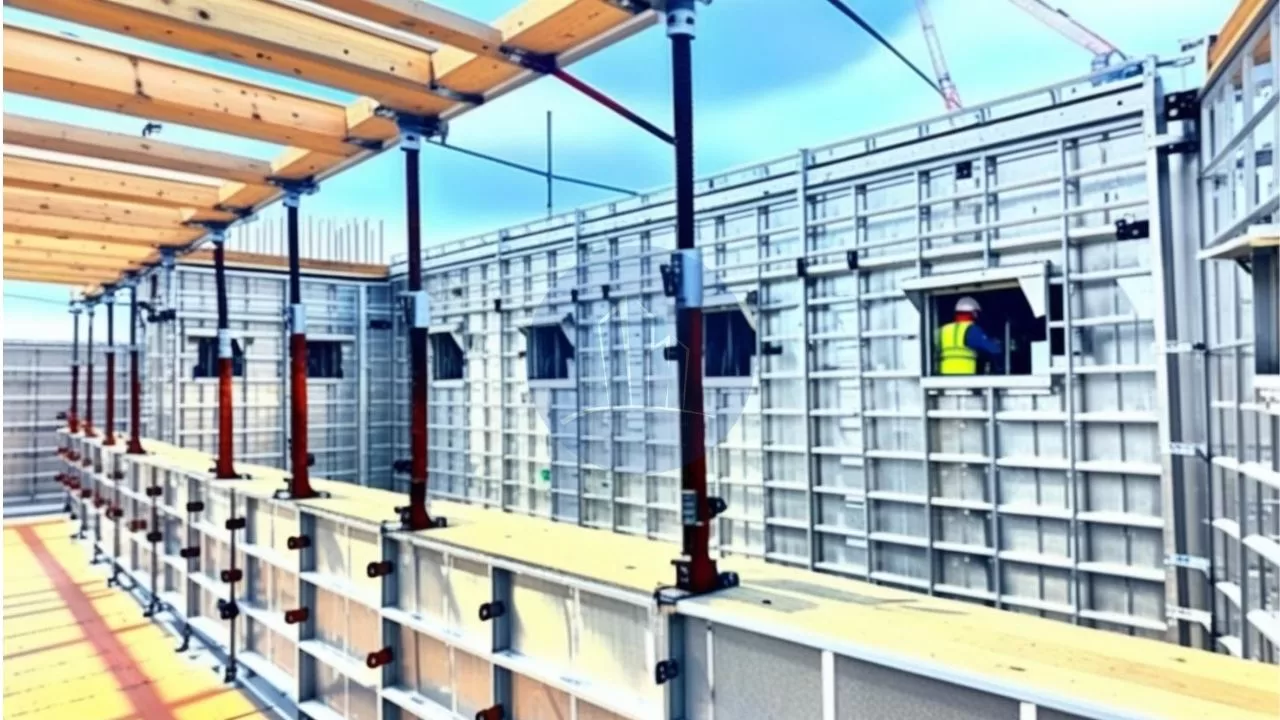Self driving cars have become a reality in the past five years, and is commercially available now. A car that would drive on its own was something beyond imagination a few decades back. Thanks to technological development, self driving cars are becoming a reality. Let me show you what is a self driving or autonomous car.
What are self driving cars?
A self-driving car can sense its environment and operate without the assistance of a person. This implies that a human passenger is not required to take control of the vehicle at any stage, nor is he or she required to be present in the vehicle at all.
A self-driving car can go anywhere a conventional car can go and perform all of the same tasks as a professional human driver. The Society of Automotive Engineers (SAE) has described six levels of driving automation, ranging from completely manual (Level 0) to fully autonomous (Level 5).
Let me walk you through the working, benefits, and challenges of autonomous cars.
How do self driving cars work?
To operate the software and drive without human intervention, autonomous vehicles use the following:
- Sensors
- Actuators
- Complex algorithms
- Machine-learning systems
- Powerful processors.
Cars with artificial intelligence (AI) can see, think, read, and navigate a nearly infinite number of driving scenarios.
Autonomous cars build and maintain a map of their surroundings using a set of sensors installed in the vehicle. Radar sensors keep an eye on nearby vehicles’ movements. Video cameras monitor traffic lights in addition to reading road signs, tracking other cars, and looking for pedestrians.
By bouncing light signals off the car’s surroundings, Lidar (light detection and ranging) sensors measure distances, track road edges, and locate lane markings. Ultrasonic sensors in the wheels sense curbs and other vehicles while parking.
After processing all of this sensory data, sophisticated software maps a direction and sends commands to the car’s actuators, which monitor acceleration, braking, and steering. Because of hard-coded instructions, obstacle avoidance algorithms, predictive processing, and object recognition, the program follows traffic rules and navigates obstacles.
What are the challenges with self driving cars?

Fully autonomous (Level 5) vehicles are being tested in various locations around the world, but none are yet open to the general public. We’re still a long way from getting there. The challenges range in nature from technical to legislative to environmental and philosophical. Listed below are a few of the unknowns.
1. Lidar and Radar
Lidar is expensive, and the right combination of range and resolution is still being worked out. If multiple autonomous cars share the same lane, will their lidar signals interfere with one another? In the presence of many frequency ranges is the frequency range sufficient to allow mass production of autonomous vehicles?
2. Weather Conditions
What happens if a self-driving car is caught in a downpour? When there is a layer of snow on the route, lane dividers disappear. How can the cameras and sensors monitor lane markers when they are blocked by water, oil, ice, or debris?
3. Traffic Conditions and Laws
The following apprehensions and concerns still remain:
- The ability of self-driving cars to navigate through tunnels or cross bridges is still apprehensive.
- How they will fare in rush-hour traffic and if they would travel in only one lane have no answers at present.
- Their ability to take advantage of the carpool lane is a matter of concern.
- What about the fleet of older vehicles that will be on the road for another 20 or 30 years?
- Wouldn’t there be chaos when there are both self-driving cars and older vehicles?
4. State vs. Federal Regulation
The legislative framework for autonomous vehicles in the United States has recently changed from federal guidelines to state-by-state mandates. Some states have proposed a per-mile tax on autonomous vehicles to avoid the emergence of “zombie cars” running around without passengers.
Besides, lawmakers have proposed legislation requiring all self-driving cars to be zero-emission vehicles with a panic button. Would the rules, however, vary from one state to the next? Is it possible for self-driving cars to cross state lines?
5. Accident Liability
In case a self-driving car causes an accident, who is to be blamed? What about the producer? What about the human passenger?
A fully autonomous Level 5 car, according to the most recent blueprints, would not have a dashboard or a steering wheel, preventing a human passenger from taking control of the vehicle in an emergency. This is something to be looked into before introducing them into the roads.
6. Artificial vs. Emotional Intelligence
To make split-second judgement calls and anticipate actions, human drivers rely on subtle gestures and nonverbal communication, such as making eye contact with pedestrians or reading the facial expressions and body language of other drivers.
Benefits of self driving cars
According to study by the Institute for Transportation and Develpoment Policy following benefits were identified:
- Reduce traffic congestion (30% fewer vehicles on the road)
- Cut transportation costs by 40% (in terms of vehicles, fuel, and infrastructure)
- Improve walkability and livability
- Enable parking lots to be used for other purposes (schools, parks, community centers)
- Reduce urban CO2 emissions by 80% worldwide
Future of self driving cars

When are self-driving cars expected to be available? Surprisingly, this could turn out to be the most straightforward aspect of making this a fact for those who will be impacted. Let’s examine them.
- To begin with, most of the hardware is in place.
- Inexpensive and long-lasting radars are available now
- Rapid improvement in artificial intelligence that turns their 2D images into something a machine can understand.
- Tech companies racing to lower the cost of Lidar that fires lasers.
Let’s hope that the tech companies are able to roll out an autonomous car after solving all the existing challenges. The wait will be worth it.


